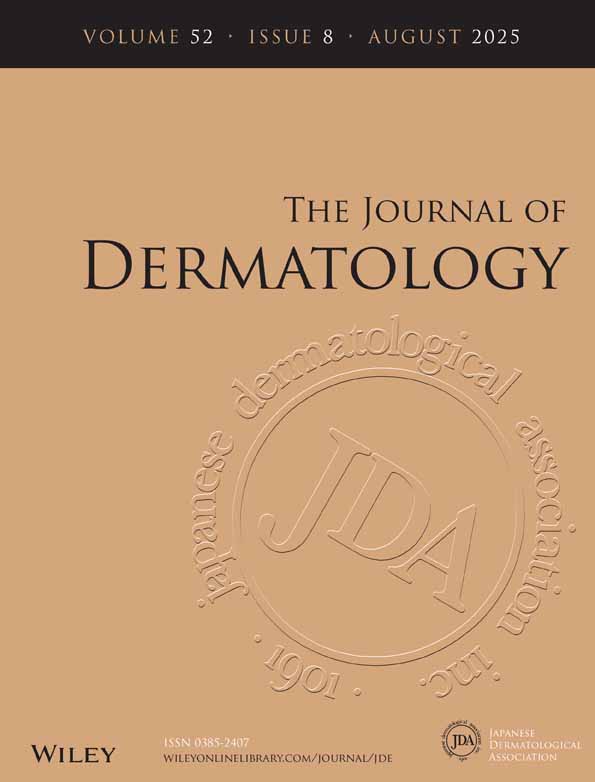Granuloma caused by subcutaneous injection of leuprorelin acetate product: Case report and histopathological findings
ABSTRACT
Leuprorelin acetate is a luteinizing hormone-releasing hormone (LH-RH) analog, which is used for chemical castration. Chemical castration treatment has an especially important role for prostate cancer. To ensure ongoing chemical castration, a novel sustained-action injection system using spherical microcapsules has been developed. We report a patient who had granuloma caused by administration of the 11.25 mg leuprorelin acetate product. Histological examination revealed many giant cells with vacuoles. On the basis of reported cases, these vacuoles are characteristic for the granuloma caused by leuprorelin acetate product. The vacuoles in the granuloma are the same size as the microcapsules, and their shape is almost spherical. We assume that the vacuoles in the granuloma are actually the microcapsules. We expect that there will be investigations regarding the procatarctic cause of granuloma formation.




